Check matte: Steven Holl creates a glowing Maggie’s Centre in London
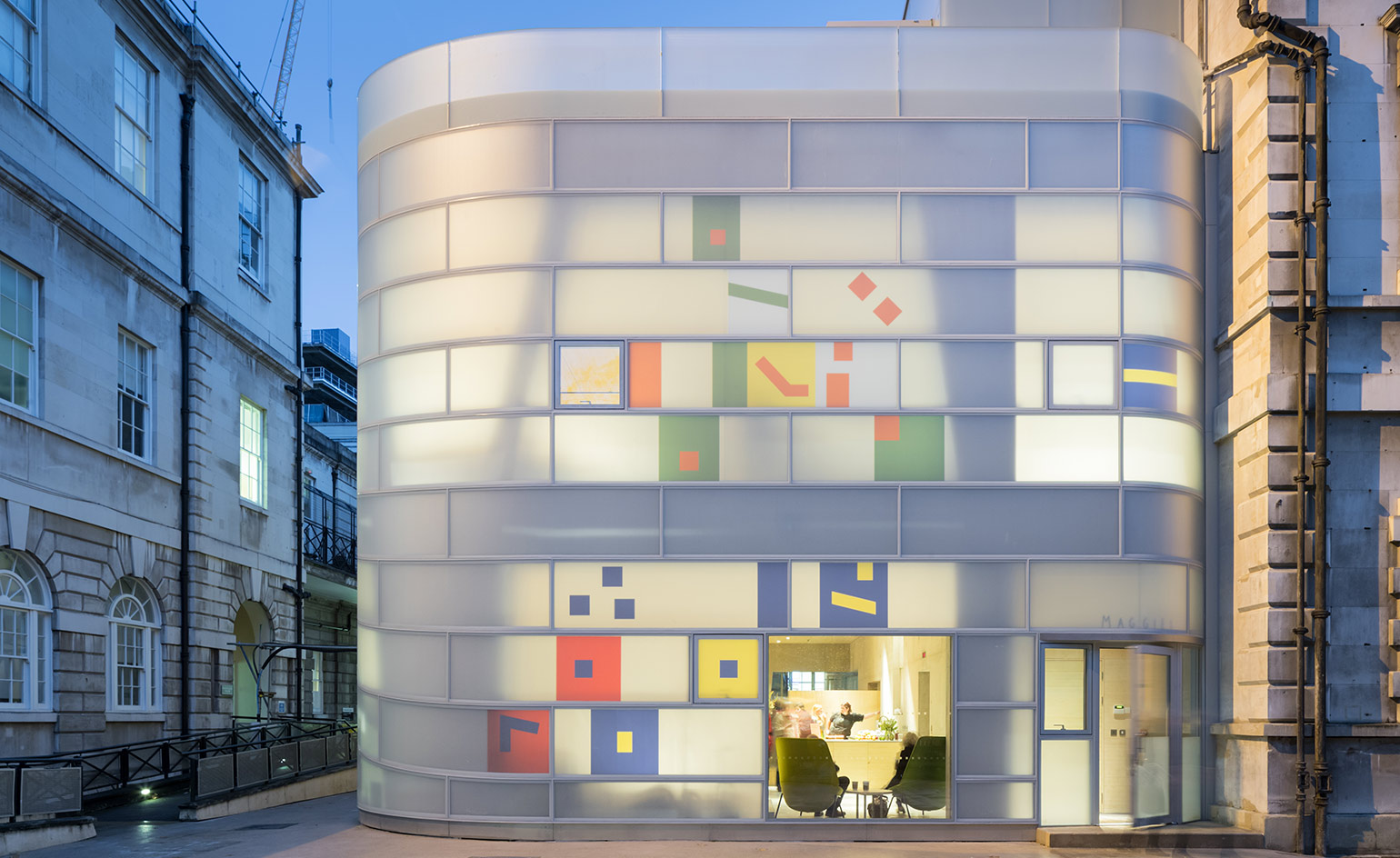
When New York-based architect Steven Holl started piecing together ideas for the newest Maggie’s cancer care centre at St Bartholomew’s Hospital, he knew that the structure was going to form a pivotal part of a much longer story. Adjacent to the 18th-century stone building by architect James Gibbs, the design of Maggie’s Centre Barts reveals a softened, translucent exterior in the day in contrast with its lantern like state at night; an intentional feature that Holl says distinguishes the care centre from the medieval structures that surround it.
Inspired by the musical notation in existence at the time the hospital was founded in 1123, the three-storey vertical design mimics the stretch and fluidity of the musical staff against five horizontal lines. The nonlinear elements of shape-notes, represented by coloured glass, connect the new structure to the history on which it stands. Selected for his ability to manipulate the use of light, Holl wants the Maggie’s Centre Barts to create a dialogue for future generations as he believes how we design today has a place amongst historical work.
Following the conceptual framework of a ‘vessel within a vessel within a vessel’, Holl constructed the enclosure using glass, concrete and bamboo. Opposed to the dominance of shiny glass buildings, Holl created a matte exterior using Okalux edged glass. By cutting a single pane into two, Holl invented a 21st-century illusion of original stained glass by positioning a coloured film between the Okalux panels.
Straw-like fibres imitating the qualities of polar bear hair were slotted between the singular pane cut in two, creating a textured opaqueness from the outside. With a gently sloped concrete staircase spiralling the interior perimeter of the building, the bamboo panelling is highlighted throughout the interior. From the inside the reflection of the steel lined exterior parallels the rhythmic rotation of the interior, utilising the textured opaqueness of the glass to soften the cement. By allowing only the direct sunlight and coined shadows from the Gibbs building to enter the building, there is a sense of seclusion and mindfulness within.
With limited vision of the hospital, the Maggie’s Centre Barts opens those living with cancer to the west facing rooftop garden designed by Darren Hawkes, an aspect that puts into proximity only trees and vacant sky. Insularly structured, the protection and autonomy that the building strives to infiltrate in those living with cancer illustrates why architects like Holl continue to push the boundaries of what design can achieve.
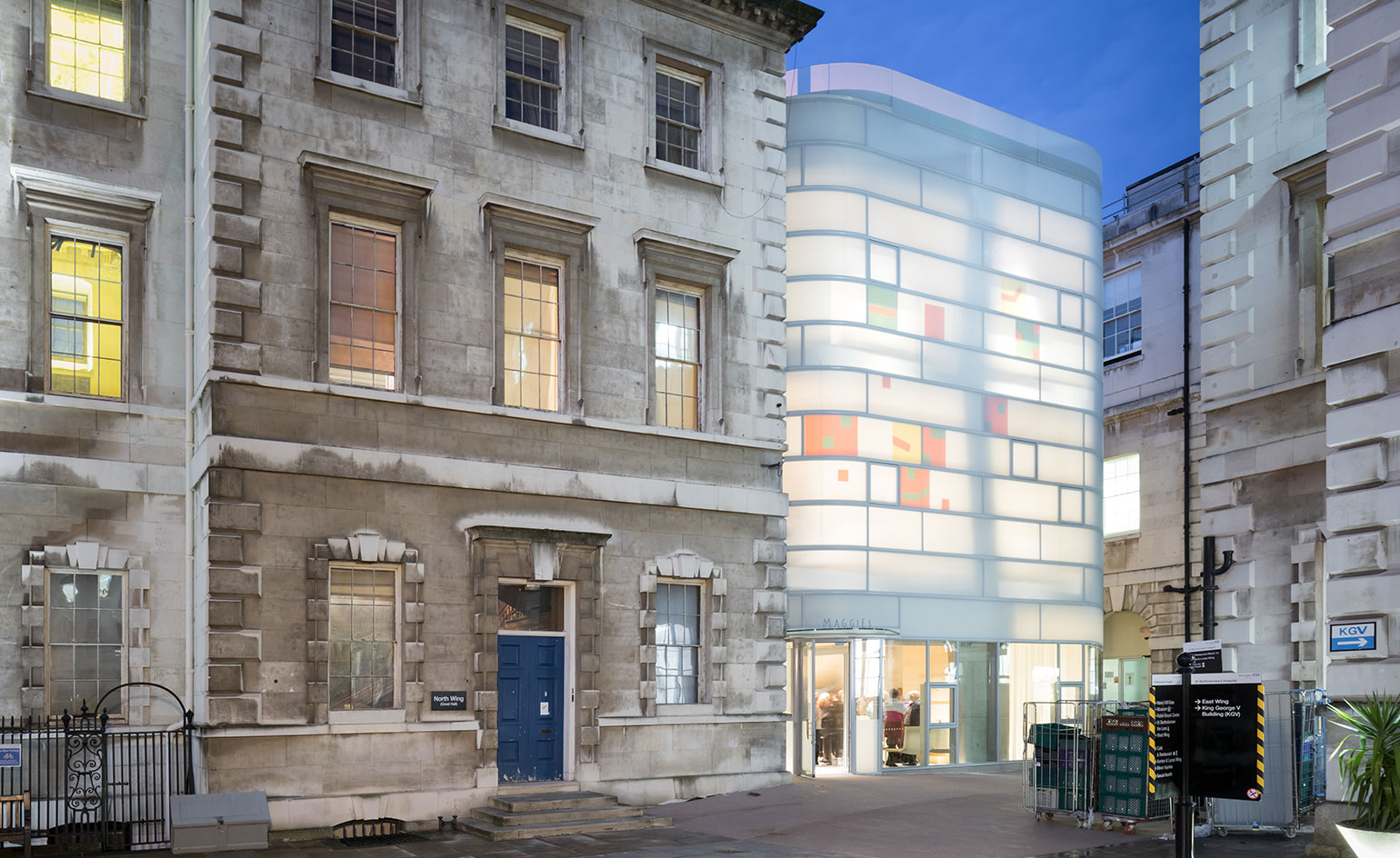
The building features a softened, translucent exterior in the day, which lights up like a lantern at night.
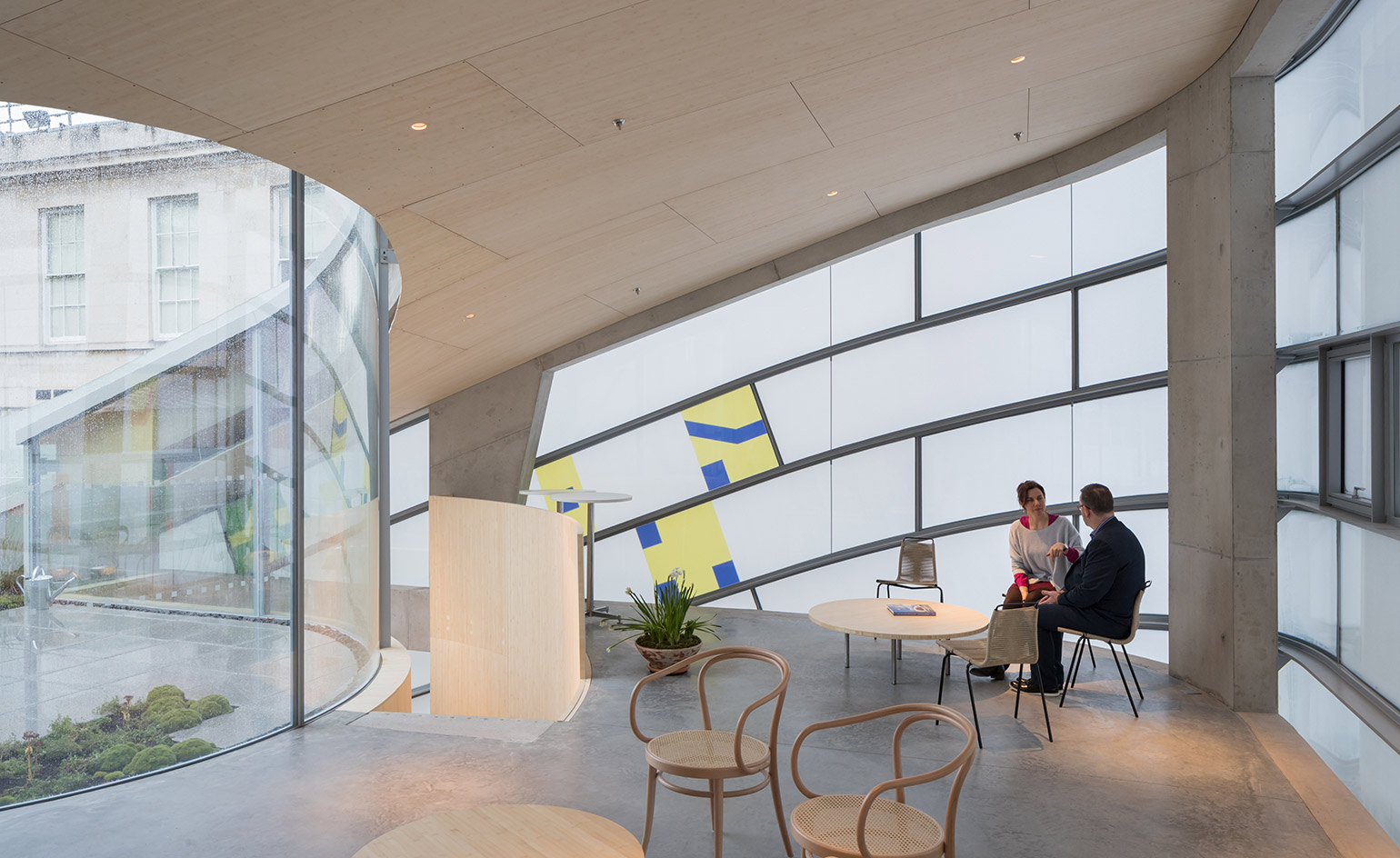
The structure spans three levels and its fluid interior was inspired by music.
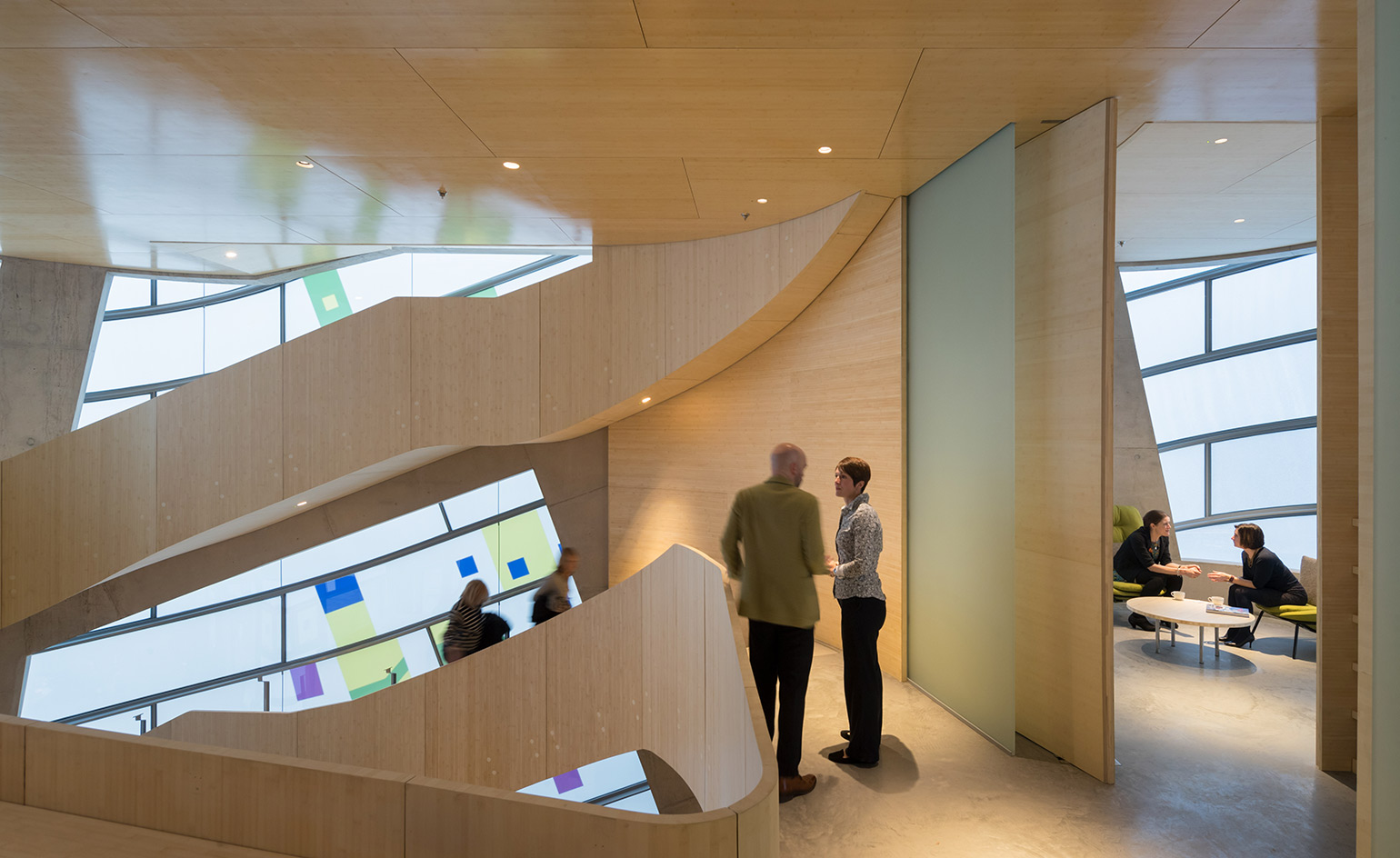
Holl was selected to create this centre specifically for his ability to manipulate the use of light.
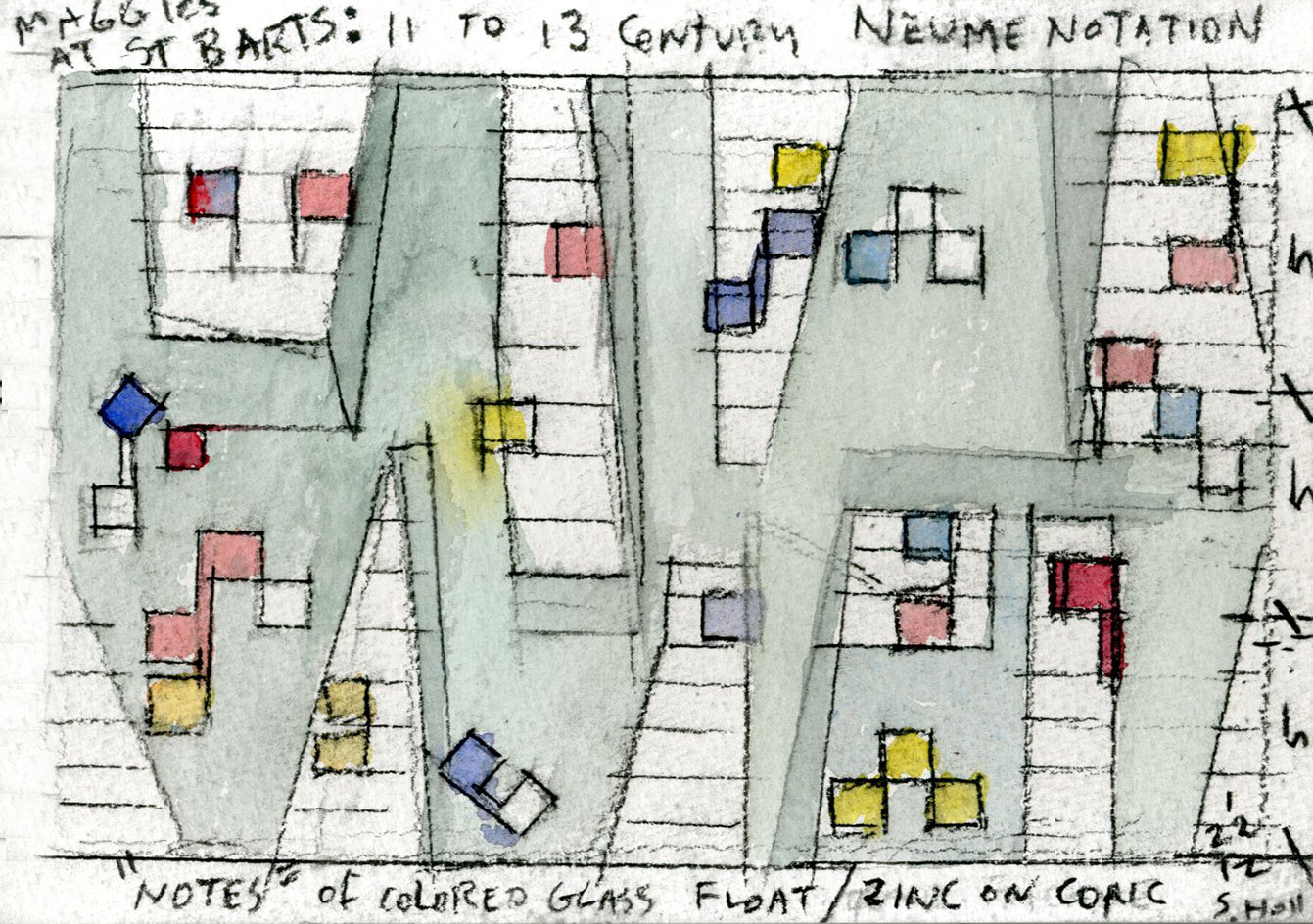
Opposed to the dominance of shiny glass buildings, Holl created a matte exterior using Okalux edged glass.
INFORMATION
For more information visit Stephen Holl Architects' website
Receive our daily digest of inspiration, escapism and design stories from around the world direct to your inbox.
-
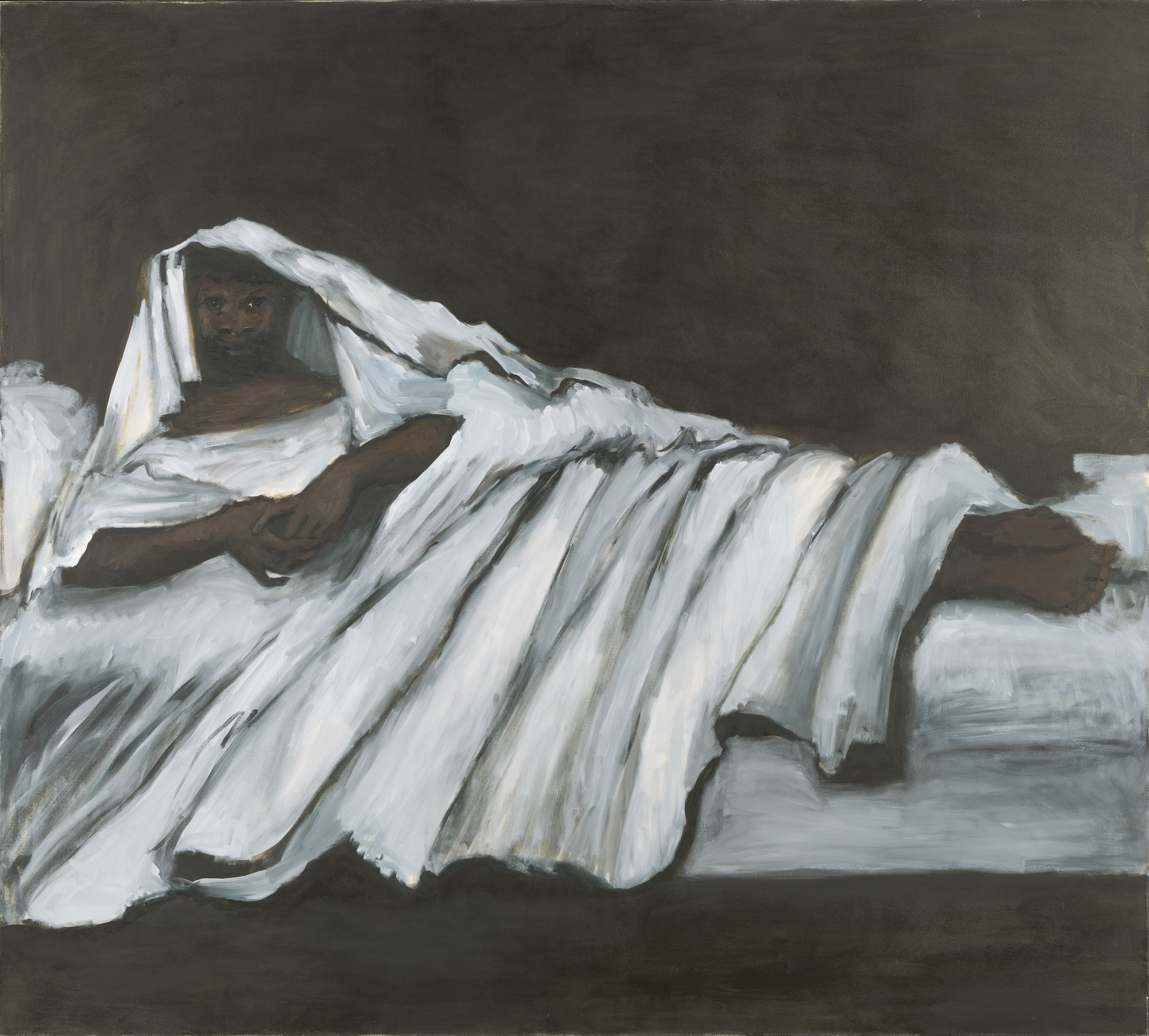 In Norway, discover 1000 years of Queer expression in Islamic Art
In Norway, discover 1000 years of Queer expression in Islamic Art'Deviant Ornaments' at the National Museum of Norway examines the far-reaching history of Queer art
-
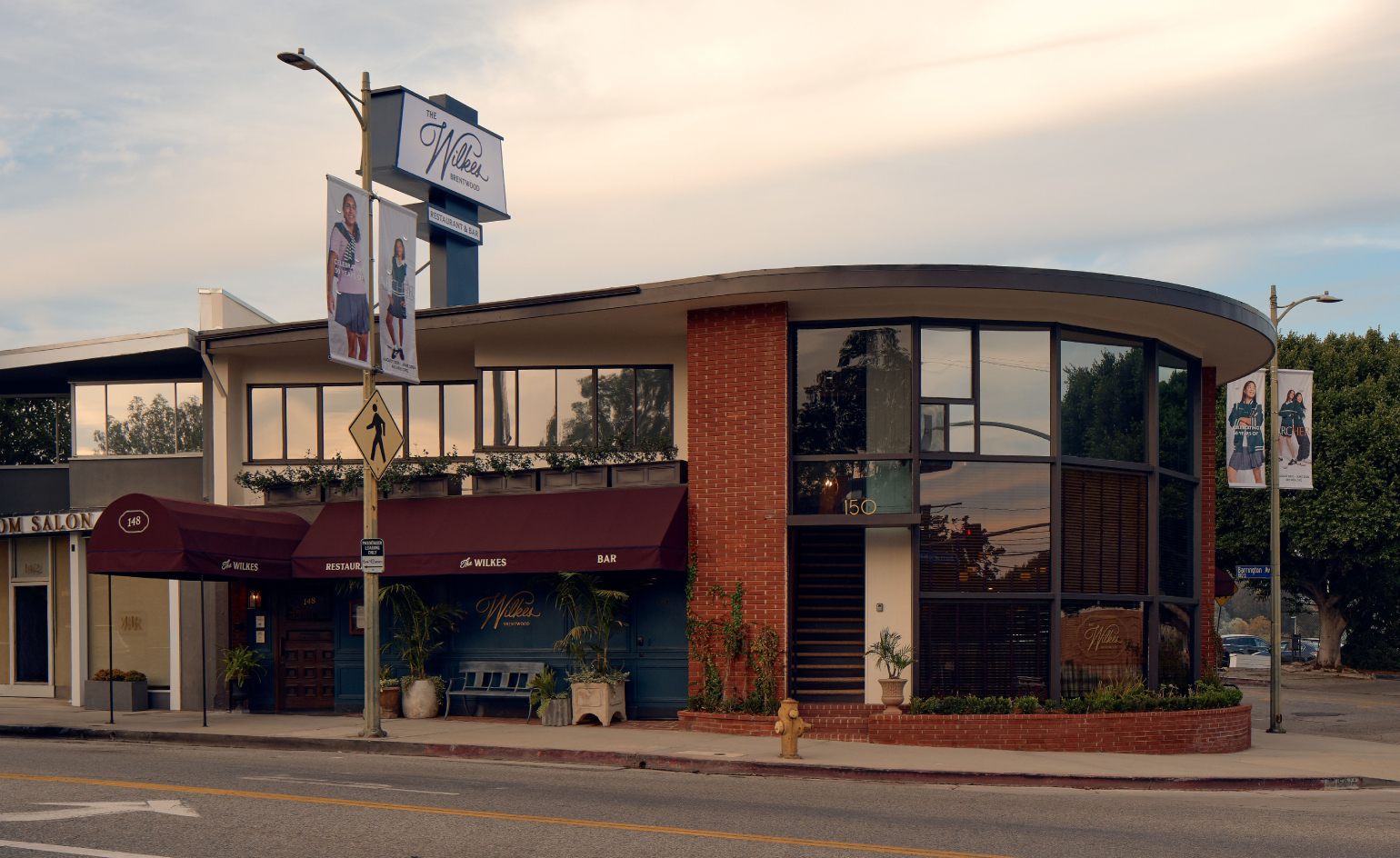 The Wilke is LA’s answer to the British pub
The Wilke is LA’s answer to the British pubIn the Brentwood Village enclave of Los Angeles, chef and restaurateur Dana Slatkin breathes new life into a storied building by one of Frank Gehry’s early mentors
-
 Top 10 gadgets of 2025, as chosen by technology editor Jonathan Bell
Top 10 gadgets of 2025, as chosen by technology editor Jonathan BellWhat were the most desirable launches of the last 12 months? We’ve checked the archives to bring you this list of the year’s ten best devices
-
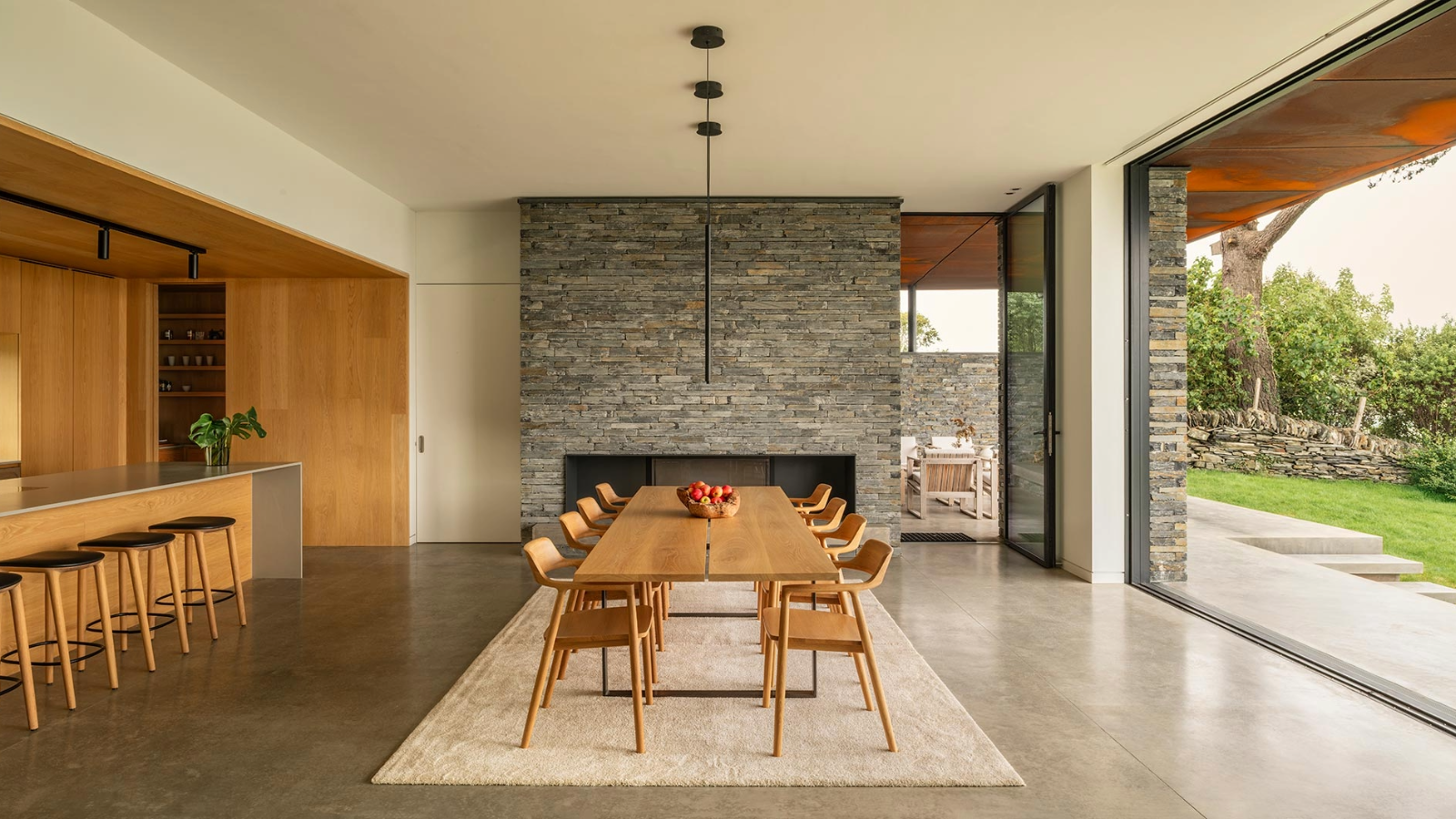 Porthmadog House mines the rich seam of Wales’ industrial past at the Dwyryd estuary
Porthmadog House mines the rich seam of Wales’ industrial past at the Dwyryd estuaryStröm Architects’ Porthmadog House, a slate and Corten steel seaside retreat in north Wales, reinterprets the area’s mining and ironworking heritage
-
 Arbour House is a north London home that lies low but punches high
Arbour House is a north London home that lies low but punches highArbour House by Andrei Saltykov is a low-lying Crouch End home with a striking roof structure that sets it apart
-
 A former agricultural building is transformed into a minimal rural home by Bindloss Dawes
A former agricultural building is transformed into a minimal rural home by Bindloss DawesZero-carbon design meets adaptive re-use in the Tractor Shed, a stripped-back house in a country village by Somerset architects Bindloss Dawes
-
 RIBA House of the Year 2025 is a ‘rare mixture of sensitivity and boldness’
RIBA House of the Year 2025 is a ‘rare mixture of sensitivity and boldness’Topping the list of seven shortlisted homes, Izat Arundell’s Hebridean self-build – named Caochan na Creige – is announced as the RIBA House of the Year 2025
-
 In addition to brutalist buildings, Alison Smithson designed some of the most creative Christmas cards we've seen
In addition to brutalist buildings, Alison Smithson designed some of the most creative Christmas cards we've seenThe architect’s collection of season’s greetings is on show at the Roca London Gallery, just in time for the holidays
-
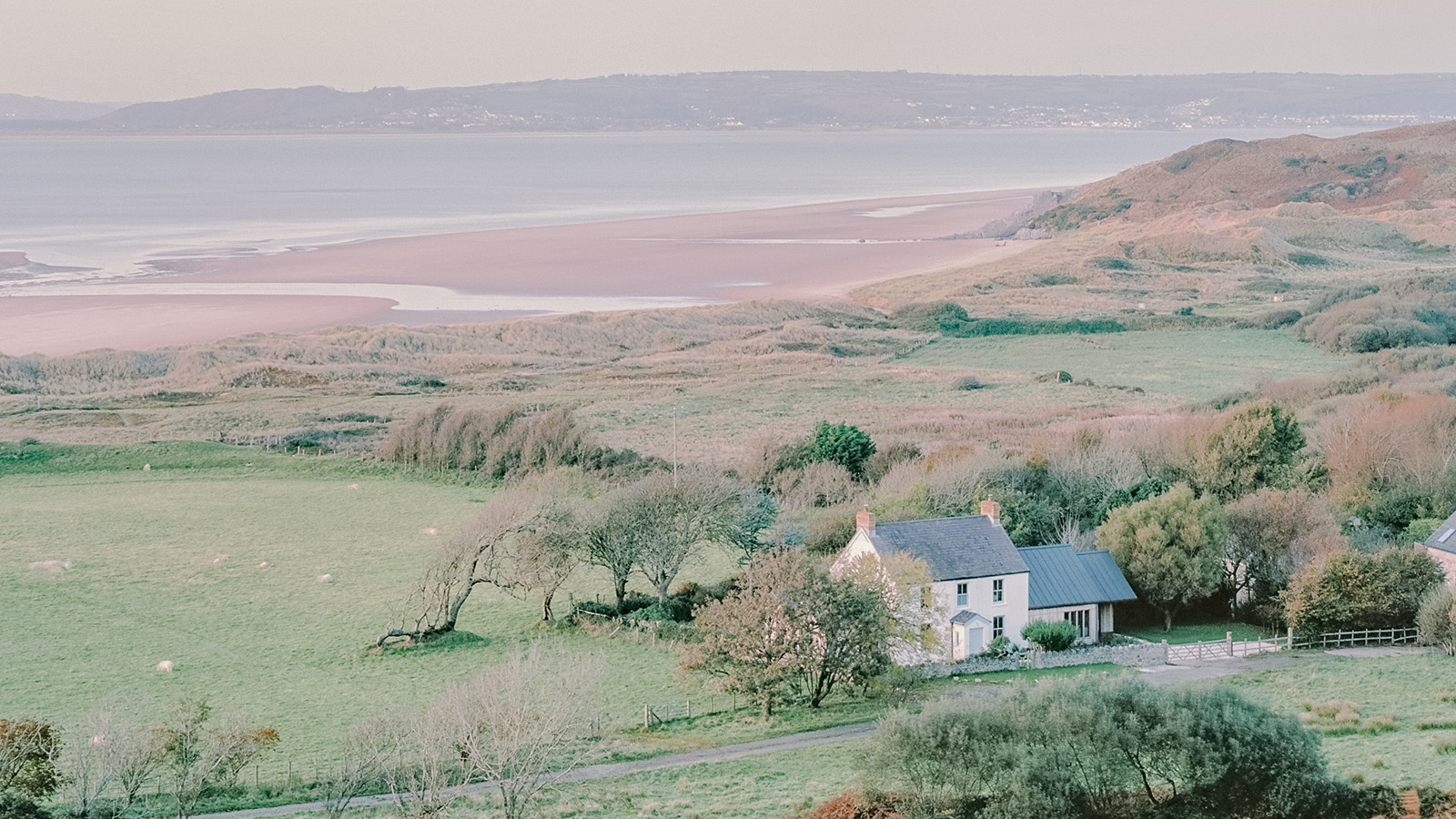 In South Wales, a remote coastal farmhouse flaunts its modern revamp, primed for hosting
In South Wales, a remote coastal farmhouse flaunts its modern revamp, primed for hostingA farmhouse perched on the Gower Peninsula, Delfyd Farm reveals its ground-floor refresh by architecture studio Rural Office, which created a cosy home with breathtaking views
-
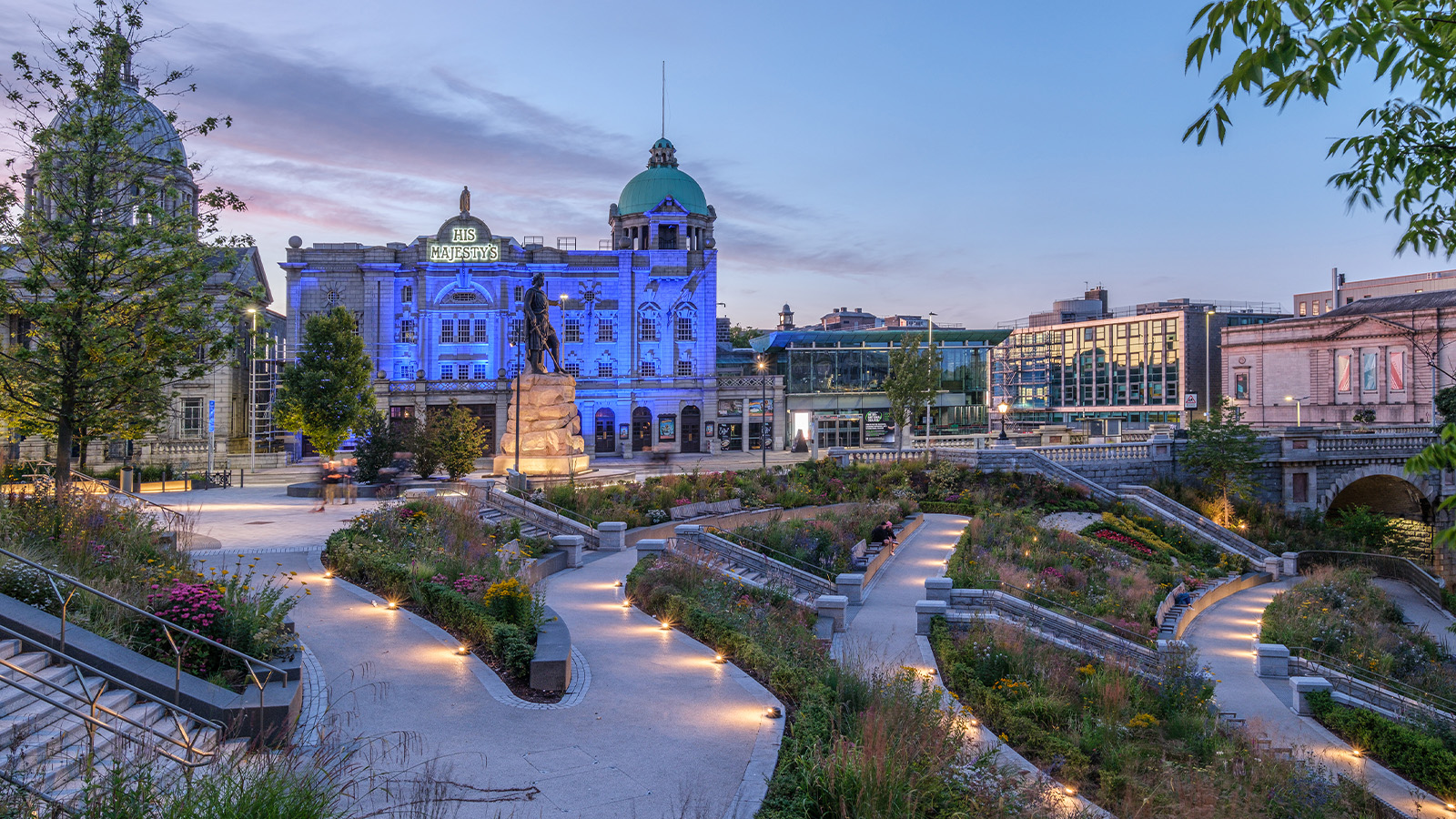 A revived public space in Aberdeen is named Scotland’s building of the year
A revived public space in Aberdeen is named Scotland’s building of the yearAberdeen's Union Terrace Gardens by Stallan-Brand Architecture + Design and LDA Design wins the 2025 Andrew Doolan Best Building in Scotland Award
-
 A refreshed 1950s apartment in East London allows for moments of discovery
A refreshed 1950s apartment in East London allows for moments of discoveryWith this 1950s apartment redesign, London-based architects Studio Naama wanted to create a residence which reflects the fun and individual nature of the clients